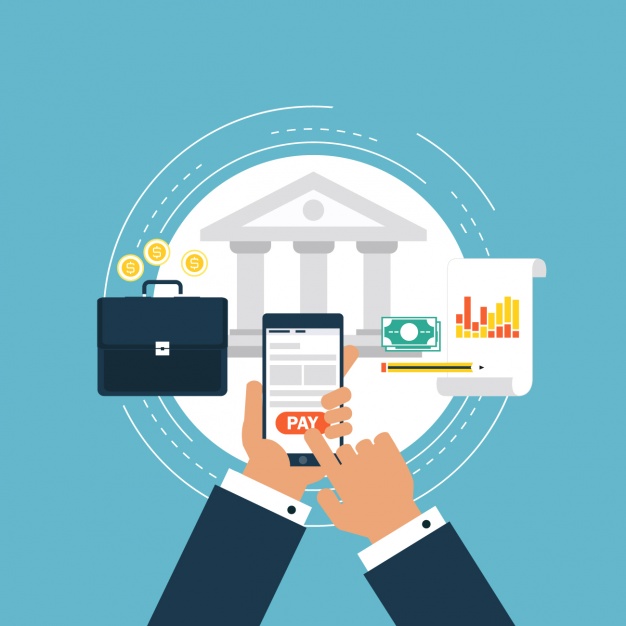A lot of questions are being asked about the change in consumer behavior coming out of the COVID-19 pandemic. In an earlier post, I talked about the move to contactless payments, as has my colleague Sarah Grotta. Along the same lines, I was asked by a client this morning about my thoughts regarding how consumer use of bank branches will change coming out of this pandemic.
My answer to this question is essentially the same – two steps forward, one step back. That is to say that I think many people will have been forced to use digital banking channels like online banking, mobile banking, or ATMs to get their day-to-day banking needs taken care of.
Many of these new adopters will see the value in the new way of doing things because of the ease and or convenience of not physically going to a branch. That said, there will be another subset of the new adopters who will go back to their old ways of banking with a teller.
A recent article in The Financial Brand, “Bank Branches: There’s No Going Back to Pre-COVID Days”, tends to agree with my hypothesis. In this article, it interviewed several executives in the field to get their impressions. While there are varying degrees to which branch traffic will be impacted, all agree that the importance of the branch will be negatively impacted.
This will lead bankers to have to make some hard decisions about their branch infrastructure, and whether to keep some branches open while considering closing others. As one person in the article put it:
“Long term, it will be more difficult for many branches to be profitable, forcing community banks and credit unions to make decisions they have been avoiding relative to bricks and mortar,” observes Joe Sullivan, CEO, Market Insights. “Declining profits will make some bankers finally take notice and take action this time.” The actions will involve eliminating or repurposing branches to something other than a teller-deposit function.
Ultimately, this pandemic may have accelerated the push to close unprofitable branches that pundits have been talking about since the rollout of the first ATM. An entirely new group of people has been exposed to digital banking and now realize that self-service banking isn’t as dangerous or scary as they once thought. Thus making the branch less relevant to a greater number of people.
This pandemic has forced people to move out of their comfort zone and get away from their old way of doing things. Self-service banking, online grocery ordering, video conferencing, and food delivery are all areas that will likely see this “two steps forward one step back” adoption curve as a result of COVID-19.
Overview by Peter Reville, Director, Primary Research Services at Mercator Advisory Group
